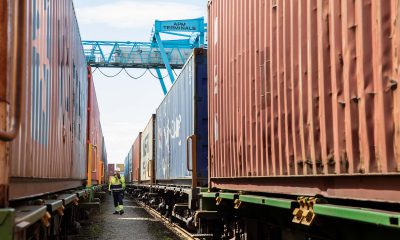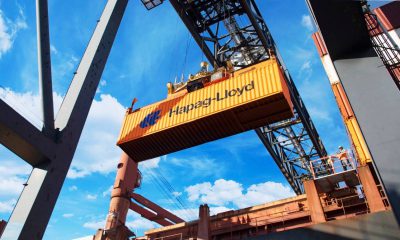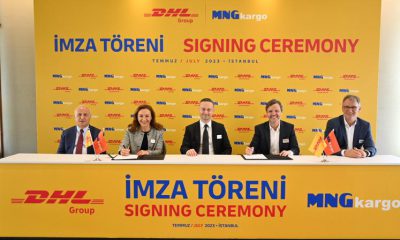UPS said its venture capital arm, UPS Ventures, has completed a minority investment in Arrival, which makes electric vehicle (EV) platforms and purpose-built vehicles that offer a highly competitive value proposition when compared with both traditional internal combustion engine vehicles, as well as existing EVs.
Along with the investment in Arrival, UPS also announced a commitment to purchase 10,000 electric vehicles to be built for UPS with priority access to purchase additional electric vehicles.
UPS will collaborate with Arrival to develop a wide range of electric vehicles with Advanced Driver-Assistance Systems (ADAS). The technology is designed to increase safety and operating efficiencies, including the potential for automated movements in UPS depots. UPS will initiate testing ADAS features later in 2020. Future vehicle purchases are contingent on successful tests of initial vehicles. Vehicle purchase prices will not be disclosed.
“UPS continues to build an integrated fleet of electric vehicles, combined with innovative, large-scale fleet charging technology,” said Juan Perez, UPS chief information and engineering officer. “As mega-trends like population growth, urban migration, and e-commerce continue to accelerate, we recognize the need to work with partners around the world to solve both road congestion and pollution challenges for our customers and the communities we serve. Electric vehicles form a cornerstone to our sustainable urban delivery strategies. Taking an active investment role in Arrival enables UPS to collaborate on the design and production of the world’s most advanced electric delivery vehicles.”
Arrival takes a ground-up approach to the design and production of its electric vehicles, enabling an efficient path toward mass adoption. The company produces its own major core vehicle components – chassis, powertrain, body and electronic controls. Importantly, Arrival vehicles also use a modular design with standardized parts, a method that reduces maintenance and other costs of ownership.
“UPS has been a strong strategic partner of Arrival’s, providing valuable insight into how electric delivery vans are used on the road and, importantly, how they can be completely optimized for drivers,” said Denis Sverdlov, Arrival chief executive. “Together, our teams have been working hard to create bespoke electric vehicles, based on our flexible skateboard platforms that meet the end-to-end needs of UPS from driving, loading/unloading and back-office operations. We are pleased that today’s investment and vehicle order creates even closer ties between our two companies.”
Arrival will build the vehicles in micro-factories, using lightweight, durable materials the company designs and creates in-house. As an investor, UPS has the option to fast-track orders as necessary. UPS expects to deploy the EVs in Europe and North America.
“Our investment and partnership with Arrival is directly aligned with UPS’s transformation strategy, led by the deployment of cutting-edge technologies,” said Carlton Rose, president of UPS Global Fleet Maintenance & Engineering “These vehicles are the world’s most advanced package delivery vehicles, redefining industry standards for electric, connected and intelligent vehicle solutions.”
Arrival is the first commercial vehicle manufacturer to provide purpose-built electric delivery vehicles to UPS’s specifications and with a production strategy for global scale. Since 2016, UPS and Arrival have collaborated to develop concepts of different vehicles sizes. The companies previously announced they would develop a state-of-the-art pilot fleet of 35 electric delivery vehicles to be trialed in London and Paris. Additionally, UPS announced a pioneering new approach to electric charging and storage that has now been deployed in UPS’s central London facility.
UPS Ventures, the company’s venture capital arm, invests in extraordinary companies that are breaking through traditional ways of doing business. Investment decisions are focused on companies that create opportunities and technologies that are closely aligned with UPS growth areas and corporate values.
























